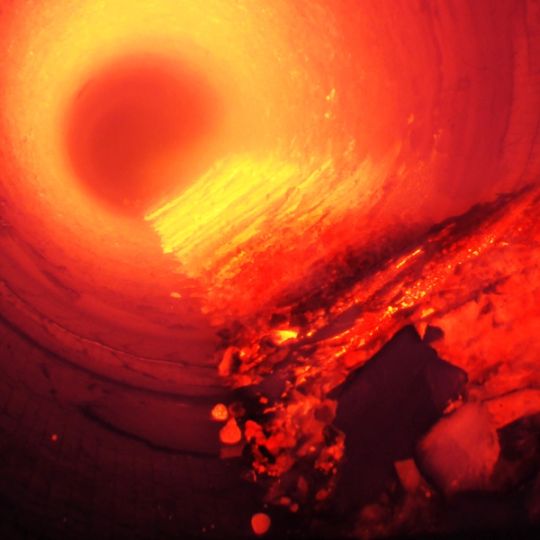To help us understand the challenges and opportunities of alternative fuel in US cement, we were joined by:
- Gina Lotito, Vice President Sustainability and Energy, GCC
- Mike Saeger, Plant Manager, Argos USA
- Herb Case, Founder & Director at Parracombe Consulting LLC
- Mark J. Riedy, Partner, Kilpatrick Townsend & Stockton LLP
A future beyond alternative fuels?
The trouble is, not all alternative fuels are cleaner, as the panelists were quick to point out.
‘My concern is that, as an industry, we’re still talking about TSR (thermal substitution rate) as a basis for a more sustainable process, when some of these alternatives have the same carbon footprint as coal,’ said Gina Lotito, GCC.
VICE PRESIDENT SUSTAINABILITY AND ENERGY, GINA LOTITO GCC
So what kinds of fuels or processes would help us achieve these goals? The panel discussed the concept of a closed loop system, whereby the emissions captured from combustion are used to create new fuels through a carbon capture and utilisation process. It was agreed that this would be the ideal – but at the moment it is cost-prohibitive.
However, with the current administration pushing for zero emissions from combustion by 2050, a closed loop system or an alternative means of heating the kiln is something that needs to be in the cement industry’s long-term plans. Technology is evolving all the time – the example was given of a process that can turn flue gas into jet fuel – but there isn’t one process that is ready to transform the industry right now. Not one that is economically viable, at least.
The worry is that while we wait for these technologies to become available, we resort to using more fossil fuels. The panel discussed the potential for a surge in the use of natural gas, even while coal firing is likely phased out. It’s a fast, relatively simple way to cut carbon, so even though it is an expensive solution, it’s more secure than alternative fuels and it’s more practical than carbon capture at this point. The cement industry’s hand may be forced in this direction by regulatory requirements – a move that was met with little joy by any of the panelists.

We returned again to the topic of using pre-processed municipal waste as a readily available fuel source, which is clearly a solution that is working in other countries – driven by regulation and supported by the waste management industry. The US has plenty of waste, but needs the right kind of coprocessing plants to produce a consistent fuel product. This is the sticking point right now, which is preventing wider uptake of alternative fuels in the cement industry.
So how do we change that?
Cooperating with local waste producers, municipalities and regulators, and education were the top two talking points when it came to discussions of how we can progress through this stalemate.
- Education for cement producers to move away from a focus on TSR and towards prioritising carbon intensity
- Education for waste generators on how they could partner with the cement industry
- Education for local communities – the people who are actually using the cement we make – on how they can help to make the industry more sustainable by, for example, separating their waste and demanding better waste management by local government. There is a tremendous opportunity here for greater synergy between cement plants and the local population generating waste.
From the industry side, we discussed the ambitious targets held by the industry through the 2030 and 2050 Roadmaps and the gap between what is being targeted and what is practically achievable in cement plants right now. It was clear from the discussion that the cement industry has the ambition and the willingness to pilot new solutions when they are available.
There was some wariness over top-down directives, which always bring with them the threat of losing market share to importers who don’t have to carry the same regulatory burden. It was also pointed out that during the time when the US left the Paris Agreement, the cement industry carried on working towards those goals, proving that regulation isn’t always the motivator for change.
So where does this drive come from? Our panellists are clearly driven – in the same way that we are at FLSmidth – by the desire to reduce cement’s environmental impact, and this desire is embedded in the structure of their organisations.
As concern about the future effects of climate change deepens among wider society, it is also a factor in how investors choose to spend their money, which makes it about more than just ‘doing good’ but also about cement manufacturers remaining commercially viable. Satisfying environmental, social and governance (ESG), the sustainability framework on which organisations are judged, is key to winning investment from organisations that are largely stepping away from fossil fuels.
Well, investors, if you are reading this, we’d invite you to put your money into a practical, viable alternative fuel production capabilities for the US cement industry. They are ready and waiting to solve local waste management issues.


